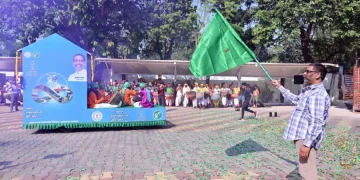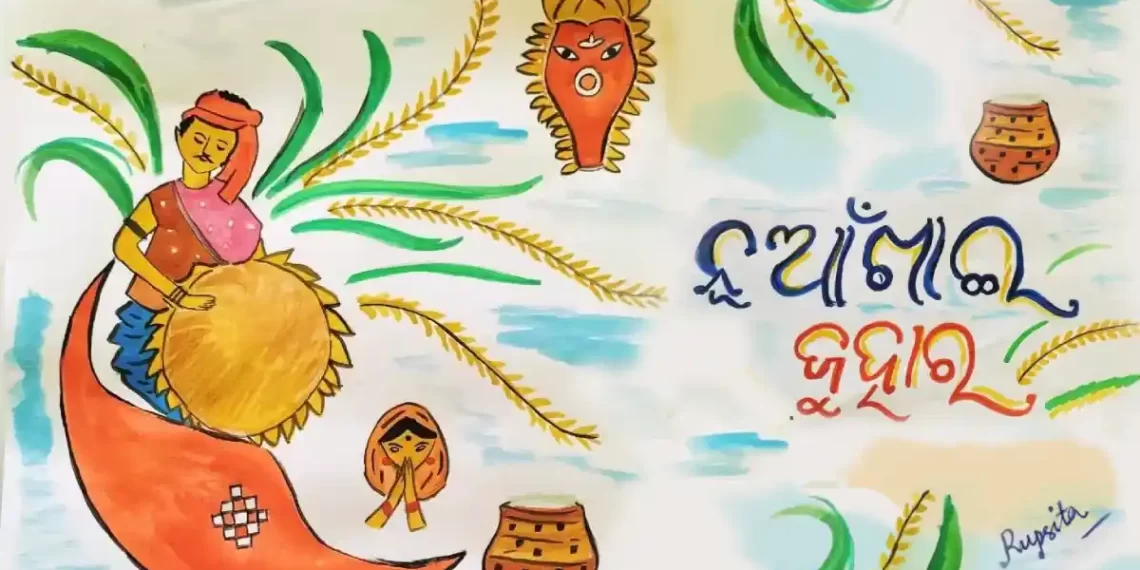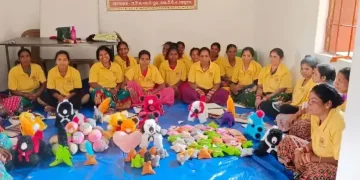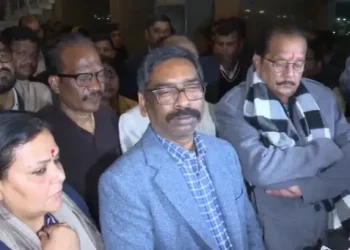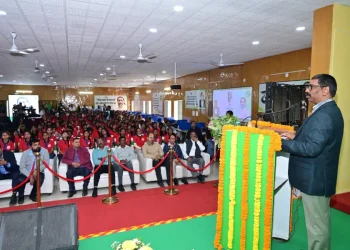Bhubaneswar
Paraja, Rana, Gadaba, Kondh and Kutia tribals in several pockets of Odisha’s tribal-dominated Malkangiri district rock and rollick with excitement and exuberance when Purnima in ‘Shravan’ (July-August) is in.
For, it is their dear three-day tribal festival ‘Kumuda Nuakhai’ to revel with all ingredients of religiosity and rejuvenation during the day and night of the full moon. The agricultural festival of Nuakhai heralds the season’s new rice and lore has it that it is being celebrated since centuries Nuakhai is the preparation of rice after newly harvested paddy.
When the day of Purnima sets in, the tribal ‘pujari’ and his ensemble of assistants assemble at the site of ‘grama devi’ (deity) in a village. The ‘pujari’ conducts ‘puja’ with fresh sprouts of popcorn, paddy and other crops. When this phase is over, the devotees relish rice mixed with ‘tentuli’ (tamarind) on a gourd-leaf.
“The meaning of ‘Kumuda’ is gourd. Probably, the festival is named after this vegetable because the tribals savour their feast on its leaves,” Anadi Koda, the president of Malyabanta Desia Naataguru Sanskrutik Saangathana in Biralaxmanpur village of Malkangiri, tells The Indian Tribal.
Then the youth of the village plunge into a swimming competition in the nearby river, tank or pond following which they consume ‘pendam’ (an intoxicant made out of rice and millet) to celebrate the three-day auspicious tribal festival.
“If weather permits, the young lads and lasses of the village perform their ‘Gemta Nacha’ (a tribal dance form) which they do on every holy day,” says Anadi.








